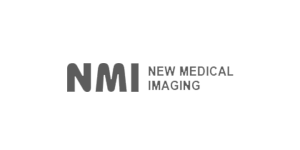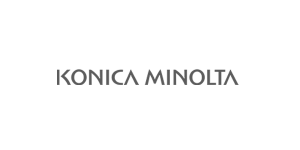In the realm of medical imaging, the pursuit of accuracy and reliability is paramount. The choice between large format stitched images and non-stitched ones can play a pivotal role in influencing treatment decisions. In particular, for studies involving the spine and leg length, the techniques used for presenting a contiguous image can significantly impact the diagnostic process. Here are some insights into key techniques for presenting contiguous images.
Methods to achieve full spine imaging
Full Spine – single TFT panel
The Longtail DR is the only DR system capable of capturing full spine and leg length images in one exposure, without stitching, thanks to its 108cm active area TFT, ensuring complete anatomical coverage and the highest integrity of image.
Multiple Exposures to a Sectional Panel
Normally, 3 to 5 overlapping images are taken to cover the entire anatomy, with manual or automatic stitching. This not only increases patient dose but also introduces the risk of movement and errors in alignment during stitching.
Single Exposure to Multiple Panels
Tipically, 2 or 3 panels are overlapped to capture entire anatomy. Overlap artifacts are eliminated through digital subtraction and images stitched automatically by the software, compromising image integrity.
Single Exposure to Multiple TFT Sheets
Butting up glass TFT sheets may create a seemingly single DR for large images. However, this compromises image integrity, introducing a 4-pixel gap at the glass TFT butt joint. Pixel averaging fills these gaps, leading to a loss of diagnostic information.
How to distinguish high from low integrity large format DR panels
-
System specifications
Check specifications; the format may not always be explicitly stated.
-
Panel Thickness
Is it more than 15mm thick? If so, it is not a single TFT.
-
Exposure to Image Time
Prolonged exposure times (>1-2 seconds) may indicate compromised image integrity.
-
Collimation Capability
Is the panel’s collimation possible anywhere, or is there a specific area for collimated images?
In the pursuit of accurate medical imaging, understanding the nuances of image stitching techniques and their impact on integrity is crucial. By being vigilant about panel specifications, thickness, exposure times, and collimation capabilities, healthcare professionals can make informed decisions to ensure the highest standards of diagnostic accuracy.






